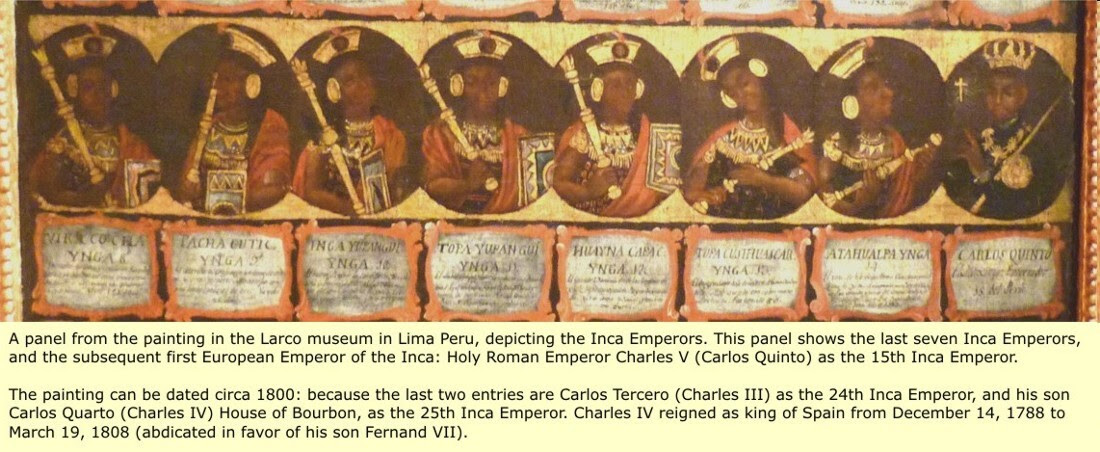18 Sep Family tree now search- September 18, 2021
Contents
AN ODD APPROACH TO ENDING SLAVERY IN THE SOUTH
Matthew Fontaine Maury (January 14, 1806 – February 1, 1873) was an American astronomer, historian, oceanographer, meteorologist, cartographer, author, geologist, educator, and naval officer for the United States and then the Confederacy. He was a devout Christian and, after reading Psalm 8:8, was determined to find “the paths of the seas”.
He was nicknamed “Pathfinder of the Seas” and “Father of Modern Oceanography and Naval Meteorology” and later, “Scientist of the Seas” for his extensive works in his books, especially The Physical Geography of the Sea (1855), the first such extensive and comprehensive book on oceanography to be published.
However, Maury’s stance on the institution of slavery is one that has been termed “proslavery international”. Maury, along with other politicians, newspaper editors, merchants, and United States government officials, envisioned a future for slavery that linked the United States, the Caribbean Sea, and the Amazon basin in Brazil. He believed the future of United States commerce lay in South America, colonized by white southerners and their enslaved people. There, Maury claimed, was “work to be done by Africans with the American axe in his hand.”
In the 1850s he studied a way to send Virginia’s slaves to Brazil as a way to gradually phase out slavery in the state. Maury was aware of an 1853 survey of the Amazon region conducted by the Navy by Lt. William Lewis Herndon. The 1853 expedition aimed to map the area for trade so American traders could go “with their goods and chattels [including enslaved people] to settle and to trade goods from South American countries along the river highways of the Amazon valley”.[Brazil maintained legal enslavement but had legally prohibited importation of new slaves from Africa in 1850 under the pressure of the British.
Maury proposed that moving people enslaved in the United States to Brazil would reduce or eliminate slavery over time in as many areas of the south as possible, and would end new enslavement for Brazil. Maury’s primary concern, however, was neither the freedom of enslaved people nor the amelioration of slavery in Brazil but rather absolution for the white slaveholders of Virginia and other states of the South. Maury wrote to his cousin, “Therefore I see in the slave territory of the Amazon the safety valve of the Southern States.
Maury was not a slave owner, but neither did he actively opposed the institution of slavery. An article tying his legacy in oceanography to the slave trade suggested that Maury was ambivalent about slavery, seeing it as wrong but not intent on forcing others to free slaves. However, a recent article explaining the removal of his monument from Monument Avenue in Richmond, Virginia, illustrated a pro-slavery stance through deep ties to the slave trade that accompanied his scientific achievements.
REBELS IN BRAZIL?
The Confederados were some 10,000 to 20,000 Confederates who moved to Brazil, chiefly to the state of São Paulo, from the Southern United States after the American Civil War. Although many eventually returned to the United States after Reconstruction, some remained and descendants of Confederados can be found in many cities throughout Brazil. The city of Americana in Brazil was founded by these immigrants.
Here are some links regarding the American communities established by Confederates in Brazil:
https://en.wikipedia.org/wiki/Americana,_S%C3%A3o_Paulo
https://en.wikipedia.org/wiki/Santa_B%C3%A1rbara_d%27Oeste
 BOB O’MARLEY?
BOB O’MARLEY?
Irish people in Jamaica or Irish Jamaicans, are Jamaican citizens whose ancestors originated from Ireland. Irish people are the second-largest reported ethnic group in Jamaica, after Jamaicans of African ancestry.
Irish forced transportees were first brought to Jamaica in large numbers under the English republic of Oliver Cromwell following the capture of Jamaica from the Spanish in 1655 by William Penn and Robert Venables as part of Cromwell’s strategic plan to dominate the Caribbean: the “Western Design”.
In 1655 Henry Cromwell, Major-General of the Parliamentary Army in Ireland arranged for the forced transplanting of 1,000 Irish girls and 1,000 Irish young men be sent to assist in the conquest and planting of Jamaica.






